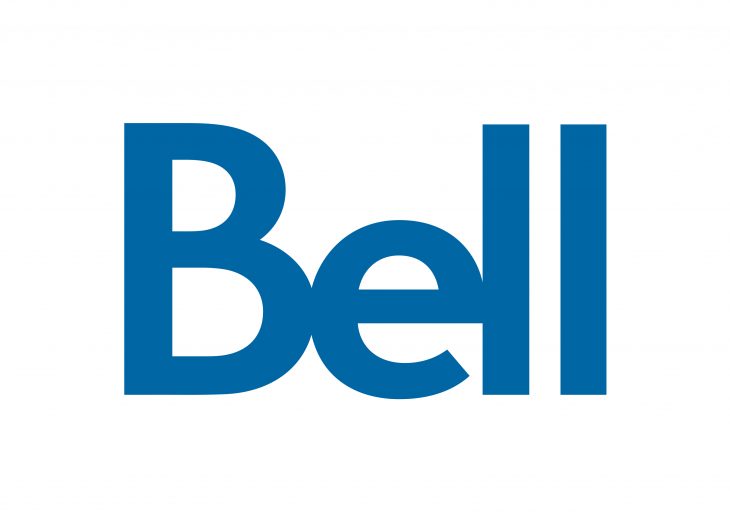
MONTREAL – Bell Canada said Thursday it is on track to reach 137,000 more homes than originally planned by the end of this month with its wireless home internet solution.
The company said it accelerated the rollout of WHI to 180 communities in rural Quebec and Ontario areas as part of its response to the Covid-19 crisis.
“Bell’s wireless home internet program is dedicated to bringing full broadband Internet speeds to rural communities and other traditionally underserved locations. And with WHI usage growing 40% over the last month, the Covid-19 crisis has clearly underscored the value of the service to customers in smaller communities,” said Mirko Bibic, president and CEO.
“Our government is proud of organizations across the country that are stepping up to help respond in these unprecedented times and we are thankful to Bell Canada for this initiative,” said Navdeep Bains, Minister of Innovation, Science and Industry, in the Bell Canada press release. “We know that high-speed Internet access is no longer a luxury. It is a necessity for all Canadians. Our government is working hard, with the private sector, provinces, communities and Indigenous organizations, to make sure that rural Canadians have access to high speed Internet, no matter where they live.”
Bell’s WHI delivers 25 Mbps (with the goal of getting faster in the future) downloads and is designed to bring broadband access to homes in rural and other hard-to-reach locations. Bell ultimately plans to cover approximately one million homes in Atlantic Canada, Québec, Ontario and Manitoba with WHI service.
(Ed note: The original WHI plan announced in June 2019 was for 1.2 million households, but Bell angrily cut that plan by 200,000 homes last summer when the CRTC issued its third-party internet access wholesale rates and retroactive payment decision in August. Of course, Bell and the other incumbents have appealed that decision to the court, CRTC and federal cabinet – which makes it a little curious that cabinet ministers including Minister Bains, who pronounced himself disappointed with Bell last summer, are quoted in the Bell release – since cabinet remains on the clock to make a decision on the TPIA decision appeal.)
“Now more than ever, we need to stay connected,” added Maryam Monsef, Minister of Women and Gender Equality and Rural Economic Development, in the Bell release. “I welcome Bell’s leadership and the support it will offer Canadians in these challenging times. We will get through these trying times by taking care of our neighbours and staying together, apart. This announcement helps more Canadians do that.”
“Bell’s announcement is welcome news for rural Ontarians, especially given Covid-19 and the critical need for broadband so people can work, learn, and access services,” added Allan Thompson, chair of the Rural Ontario Municipal Association (ROMA), in the release.
Some of the communities to be served with WHI by the end of April are Saint-Anicet, Que., Douro-Dummer, Ont., and Hastings County, Ont. “By expanding Wireless Home Internet in Hastings County, Bell is helping ensure our community can connect to the world and vastly improve our opportunities to grow and prosper. Broadband is key to our future,” said Rick Phillips, Reeve of Tyendinaga Township and Warden of Hastings County in the release.
WHI is delivered over Bell’s LTE wireless network in the 3500 MHz spectrum band, which is 5G-upgradable. Bell technicians place a small antenna outside a customer’s home that connects to the Bell LTE network and customers also receive the Bell Home Hub modem to provide Wi-Fi throughout the home. The service can also be bundled with Bell Satellite TV.
Besides Bell’s 40% increase in WHI usage, Bell reports overall Internet data volumes have increased as much as 60% during the day and 20% in the evening. Landline and wireless voice traffic has surged up to 200% at peak times while conference calling is up 250%, alongside increased demand for 1-800 services to support public health and other government information lines, added the company.
There has also been a 40% increase in Bell TV volumes and a 75% jump in usage of Bell Media’s Crave video streaming service.



